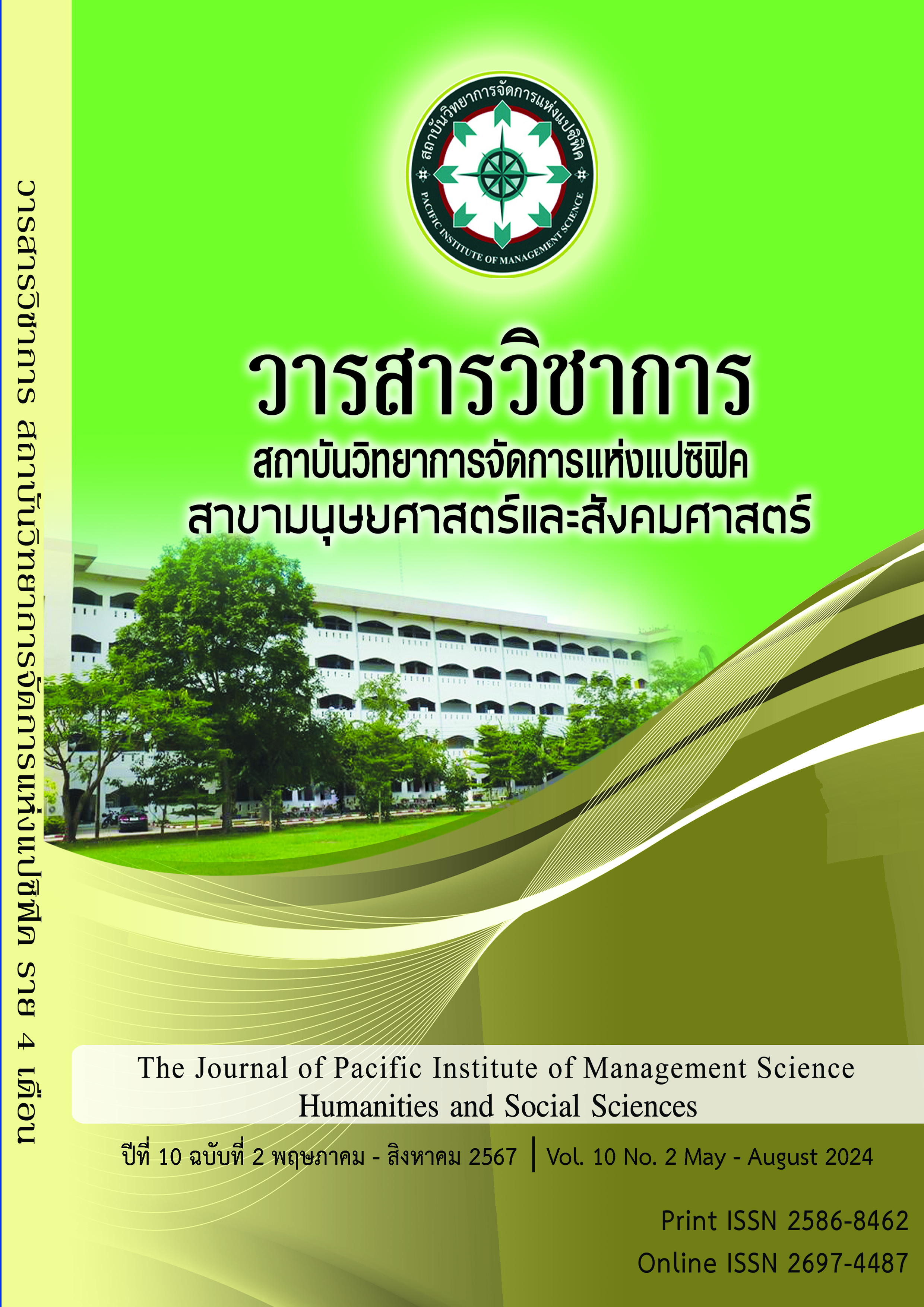Governance Mechanism of Chinese Private Education Based on Grounded Theory
Keywords:
Private education disruption, Governance mechanisms, Bureaucratic governance, Network governance, Rootedness theoryAbstract
This research article study aims to explain the current governance mechanism of private education in China by constructing a new chaotic governance mechanism for private education in China, and to find the direct and indirect effects of the components of this structure on governance performance. The study adopts a mixed-method approach, including qualitative and quantitative Mixed methods research. Data were obtained from 10 education industry experts and 436 school employees, Students and parents from the top ten private schools in China. The results of the study show that of the 10 components in the structure of chaotic governance mechanisms in private education in China, eight have a direct and significant impact on education quality, and seven have a direct and significant impact on education equity. In addition, bureaucratic governance mechanisms mediate the relationship between network governance mechanisms and governance performance. Therefore, in order to improve the performance of governance of private education disruption in China, there is a need for stakeholder involvement through mutual trust, cooperation, interaction, innovation and cultural conventions in addition to government control, supervision, punishment, institution building and accountability. The mediating role of bureaucratic governance mechanisms: Control, oversight, punitive measures, institution building, and accountability within bureaucratic governance serve as crucial mediators between network governance mechanisms and governance performance. Effective control and supervision guarantee the efficient utilization of educational resources and proper policy implementation. Punitive measures enhance governance effectiveness through deterrence. Comprehensive institution building ensures the durability and stability of governance structures, while accountability increases transparency in governance processes.
References
Brown, T. A., & Moore, M. T. (2012). Confirmatory factor analysis. Handbook of structural equation modeling, 361-379.
Favero. D. (2003). Administrator Relationships as Integral to High Performing Governance Systems: New Frameworks for Study. American Behavioral Scientist, 46(6): 901-922
Feinberg W., & Lubienski C. (2008). School Choice Policies and Outcomes. Albany: State University of New York Press, 2008(85).
Hair. Jr, et al (2016). A primer on partial least squares structural equation modeling (PLS-SEM). Sage publications.
Jessop, B. Hao. C.(2014). Governance and meta-governance: necessary reflection, necessary diversity and necessary irony. Foreign Theoretical Trends, 2014 (05): 14-22.
Sorensen, E.& Torfing J. (2007). Theories of Democratic Network Governance. London: Palgrave Macmillian, 2007:6
Xiangming, H.&Boyong. T.(2010). Holistic Governance: A New Paradigm of Public Management. Journal of Central China Normal University (Humanities and Social Sciences Edition), 2010, 49 (01): 11-15.
Xiangming.C. (1999). Thoughts and methods of grounded theory. Educational Research and Experiment, 1999 (04): 58-63 + 73.
Downloads
Published
Issue
Section
License
Copyright (c) 2024 Pacific Institute of Management Science

This work is licensed under a Creative Commons Attribution-NonCommercial-NoDerivatives 4.0 International License.
บทความที่ได้รับการตีพิมพ์เป็นลิขสิทธิ์ของ สถาบันวิทยาการจัดการแห่งแปซิฟิค
ข้อความที่ปรากฏในบทความแต่ละเรื่องในวารสารวิชาการเล่มนี้เป็นความคิดเห็นส่วนตัวของผู้เขียนแต่ละท่านไม่เกี่ยวข้องกับสถาบันวิทยาการจัดการแห่งแปซิฟิค และคณาจารย์ท่านอื่นๆในสถาบันฯ แต่อย่างใด ความรับผิดชอบองค์ประกอบทั้งหมดของบทความแต่ละเรื่องเป็นของผู้เขียนแต่ละท่าน หากมีความผิดพลาดใดๆ ผู้เขียนแต่ละท่านจะรับผิดชอบบทความของตนเองแต่ผู้เดียว







